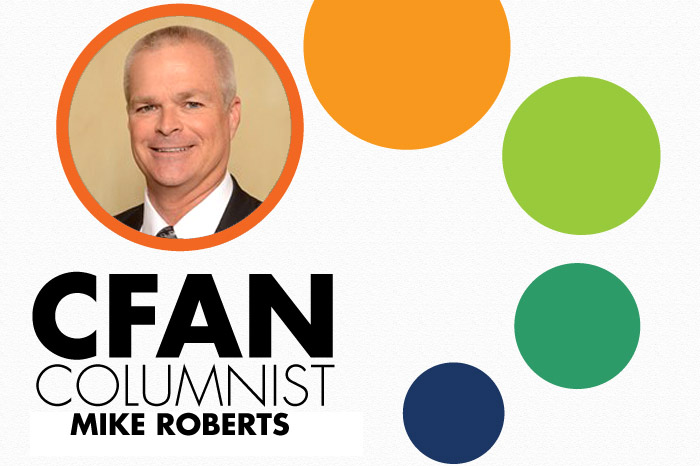There’s a lot of thought and planning that goes into farming, and that includes the four Rs of nutrient stewardship (right fertilizer source, at the right rate, in the right time, and in the right place). As a farmer or rancher in Florida, you understand what it takes to match nutrient supply with crop requirements while minimizing nutrient loss from the fields. These practices (also known as Best Management Practices) are what we do on the grown to sustain our land and natural resources while growing a viable crop.
To that end, there are some resources available to farmers and ranchers, but the deadline for one of them is quickly approaching. The USDA’s Natural Resources Conservation Service (NRCS) Environmental Quality Incentives Program (EQIP) can help ag operators get both financial and technical assistance for a variety of initiatives, including those that are aimed at conserving natural resources. The deadline for financial assistance is November 2.
Initiatives that are part of the EQIP-funded assistance include:
- Organic Producer Initiative: “a voluntary conservation program that provides technical and financial assistance for organic farmers and ranchers, or those interested in transitioning to organic.”
- Seasonal High Tunnels: “provides financial and technical assistance to help extend the growing season for high value crops in an environmentally safe manner.
- Energy Initiative: Focuses on “energy efficiency and fuel savings. Farmers and ranchers can cut input costs, maintain production, protect soil and water resources, reduce the nation’s dependence on fossil fuels and save money by using conservation practices.”
- Longleaf Pine Initiative: “financial and technical assistance for conservation practices that help restore longleaf pine forests and enhance existing stands.”
- Working Lands for Wildlife- Quail: “combats the decline of seven wildlife species whose decline can be reversed and recovery will benefit other species with similar habitat needs. In Florida, threatened species are gopher tortoise and northern bobwhite quail.”
- Strikeforce: “working with farmers and ranchers in communities that face persistent poverty. As a result, these producers are seeing their operations become more sustainable while their conservation practices help promote clean air and water, healthy soil, wildlife habitat and resistance to extreme weather events, such as drought.”
- Conservation Activity Plans: “to identify conservation practices needed to address specific natural resource needs.”
The NRCS Florida website maintains that the best way to get started is to “visit your local NRCS field office and request help to develop a conservation plan.”
by MIKE ROBERTS
This column is sponsored by Griffin Fertilizer Co., and the opinions expressed herein may not reflect those of CFAN or of its advertisers.
BIO: Mike Roberts is the Vice President of the Frostproof, Fla.-based Griffin Fertilizer Co. Roberts joined the company in November 2011. He has spent the majority of his career in the fertilizer/agchem industry. Roberts earned a Bachelor of Science degree in citrus production from Florida Southern College in Lakeland. For more information, visit griffinfertilizer.com.

